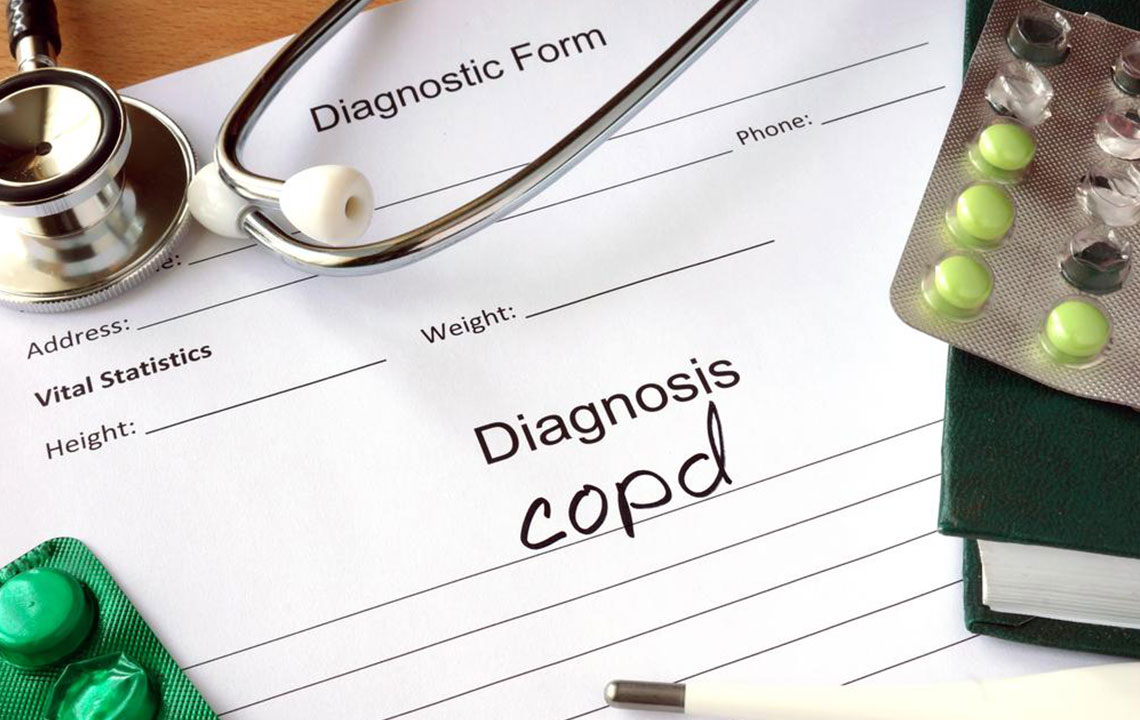Understanding the Pathophysiology of COPD
This article explores the mechanisms behind COPD, including chronic bronchitis and emphysema, highlighting how airway narrowing and alveolar destruction impair gas exchange. It explains how these pathological changes lead to decreased oxygen intake and CO2 removal, emphasizing the importance of understanding COPD's impact on lung function. The content aims to educate readers about the disease's pathology and the significance of early diagnosis and management to improve health outcomes.

Understanding the Pathophysiology of COPD
In healthy lungs, oxygen-rich air flows through the nasal passages or mouth, down the trachea, and into the bronchial tubes, reaching tiny air sacs called alveoli. These alveoli expand during inhalation to allow oxygen entrance into the blood and deflate during exhalation, releasing carbon dioxide. In COPD, airway narrowing and alveolar damage impair this process, decreasing oxygen intake and CO2 removal. Conditions like chronic bronchitis cause airway inflammation and mucus buildup, while emphysema involves alveolar wall destruction, leading to less elastic lung tissue and inefficient gas exchange.
Chronic Bronchitis: features narrowed airways, persistent mucus, and inflammation. Spasms of airway muscles and excess mucus secretion block airflow, reducing the lungs' ability to clear mucus, leading to air space plugging and airway swelling.
Emphysema: involves alveolar wall destruction, resulting in less elastic lung tissue. This impairs oxygen and carbon dioxide exchange, causing air trapping and breathing difficulties.
Alveolar Function: normally, alveoli expand to draw in oxygen and deflate to expel CO2. In emphysema, damage prevents complete deflation, trapping air inside. This reduces oxygen delivery and hampers CO2 removal, resulting in compromised respiratory function.
Alveolar Damage: increased elastase activity damages elastin, the lung tissue’s elastic protein, leading to weakened alveolar walls, similar to an old, worn-out balloon that can't stretch or rebound effectively.










